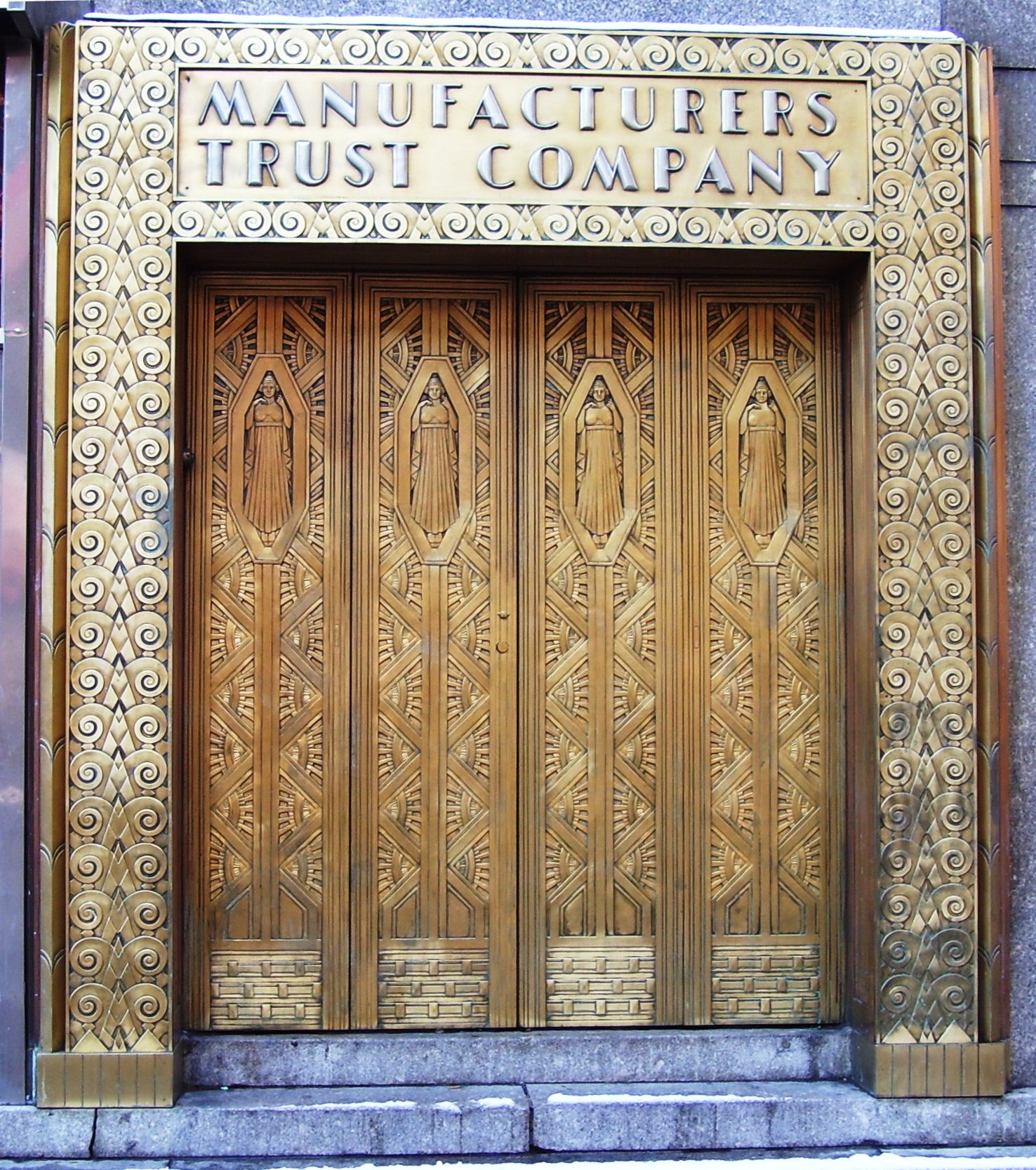|
Gallatin National Bank
The Gallatin National Bank was a bank headquartered in New York City founded in 1829 by U.S. Treasury Secretary Albert Gallatin. In 1912, it was absorbed into the Hanover National Bank. History The bank was founded as the National Bank in the City of New York under a special charter in 1829 but did not begin business until 1831. It was organized by a group of New York businessmen including John Jacob Astor, who recruited Albert Gallatin, the former Treasury Secretary under President Thomas Jefferson, to serve as its first president. Its original capital was $750,000. Following Gallatin's retirement in 1839, he was succeeded as president by his son, James Gallatin. In 1857, the capital of the bank was increased to $1,500,000 and, in 1865, when the bank entered the National system, its name was changed to the Gallatin National Bank of the City of New York to honor the involvement of the Gallatin family. The younger Gallatin served as president until 1868 when he was succeeded by ... [...More Info...] [...Related Items...] OR: [Wikipedia] [Google] [Baidu] |
Hanover National Bank
Manufacturers Hanover Corporation was the bank holding company formed as parent of Manufacturers Hanover Trust Company, a large New York bank formed by a merger in 1961. After 1969, Manufacturers Hanover Trust became a subsidiary of Manufacturers Hanover Corporation. Charles J. Stewart was the company's first president and chairman. The corporation acquired the former Union Carbide Corporation headquarters at 270 Park Avenue, and though it merged into Chemical Banking Corporation for $1.9 billion in 1991, the successor corporations down to today's J.P. Morgan Chase & Co. have continued to locate their headquarters in that building. History Manufacturers Trust Company Manufacturers Hanover traces its origins to the 1905 founding of Citizens Trust Company of Brooklyn. Through a series of acquisitions, the bank would grow into one of New York's largest banks within its first twenty years. Citizens Trust's first major acquisitions came with its mergers with the Broadw ... [...More Info...] [...Related Items...] OR: [Wikipedia] [Google] [Baidu] |
40 Wall Street
40 Wall Street, also known as the Trump Building, is a neo-Gothic skyscraper on Wall Street between Nassau and William streets in the Financial District of Manhattan in New York City. Erected in 1929–1930 as the headquarters of the Manhattan Company, the building was originally known as the Bank of Manhattan Trust Building, and also as the Manhattan Company Building, until its founding tenant merged to form the Chase Manhattan Bank. It was designed by H. Craig Severance with Yasuo Matsui and Shreve & Lamb. The building is on an L-shaped site. While the lower section has a facade of limestone, the upper stories incorporate a buff-brick facade and contain numerous setbacks. Other features of the facade include spandrels between the windows on each story, which are recessed behind the vertical piers on the facade. At the top of the building is a pyramid with a spire at its pinnacle. The Manhattan Company's main banking room and board room were on the lower floors, while ... [...More Info...] [...Related Items...] OR: [Wikipedia] [Google] [Baidu] |
Louis Pascault, Marquis De Poleon
Jean-Charles-Marie-Louis-Felix Pascault, Marquis de Poléon ( – May 31, 1824) was a French-American aristocrat best known today for building Pascault Row in Baltimore. Early life Pascault was born in France the son of Anne Marie Pascault and Jean-Charles-Alexandre Pascault, Marquis of Poléon (1717–1779), Captain of Anne Gilbert de Laval, Laval Infantry, who married in 1747. His brother was Alexandre Pascault, Marquis of Poléon, who married Jeanne-Henriette Cochon-Du Puy. His maternal grandparents were Marguerite ( Bouat) and Antoine Pascault (1665–1717), a merchant who traded between La Rochelle and Canada. His paternal grandparents were Françoise Potard and Jehan Pascault, Marquis of Poléon. His ancestor Jean Pascault bought the barony, land and seigneury of Poléon in Saint-Georges-du-Bois, Charente-Maritime, Saint-Georges-du-Bois in 1635 for 40,000 French livre, livres from Marguerite, Duchess of Rohan. In 1638, during the reign of Louis XIII, the family tore down the ... [...More Info...] [...Related Items...] OR: [Wikipedia] [Google] [Baidu] |

